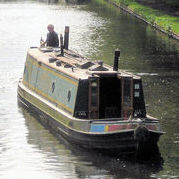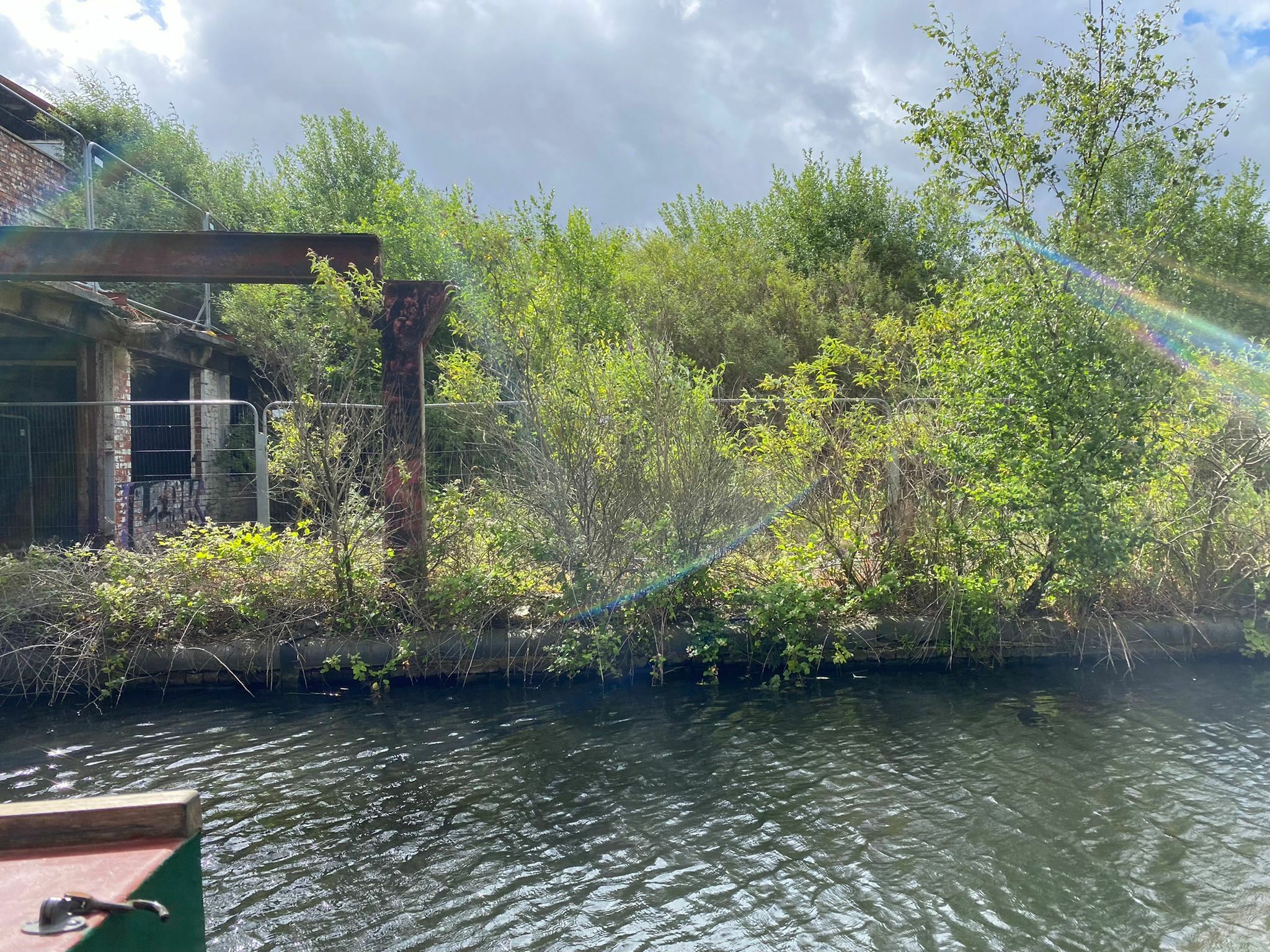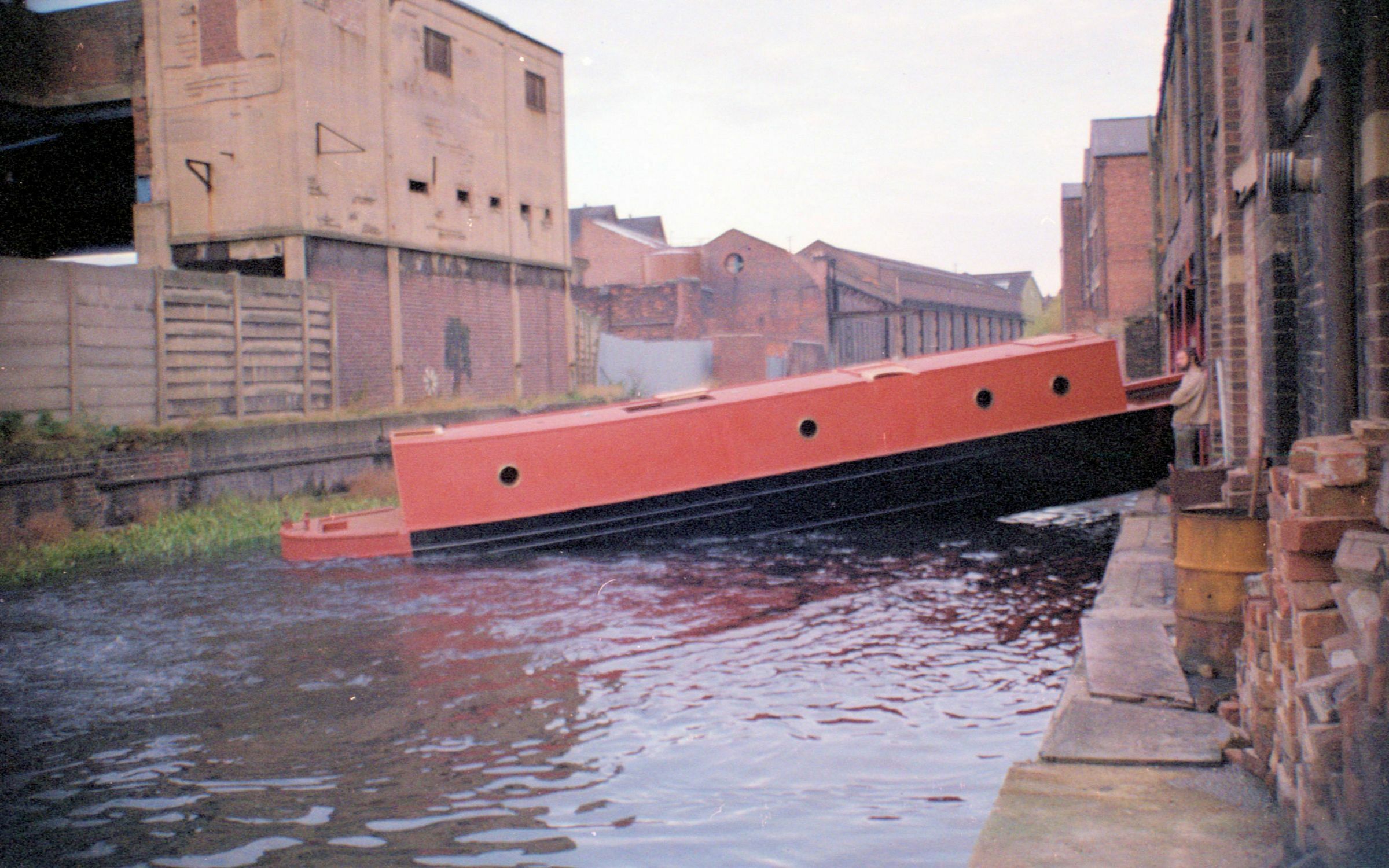-
Posts
78 -
Joined
-
Last visited
Content Type
Profiles
Forums
Events
Gallery
Blogs
Store
Posts posted by malp
-
-
34 minutes ago, Machpoint005 said:
That's why the bottoms of the canals are getting nearer the top!
Wouldn't the land sinking move the bottom of the canal further from the top?
-
What none of these meters can tell you is how much steel thickness is left at the bottom of a pit. So a small depth gauge should also be part of the surveyor's kit. Many digital tyre tread depth gauges are suitable
.
-
 1
1
-
-
I have both a cheap Chinese one and an expensive Tritex. On clean bare steel the Chinese one is accurate, but through paint it is not, whereas the Tritex is. Both need calibrating for the material being measured, and both need some sort of gel under the probe for best results. The difference between them is that the Chinese meters work on a single echo system, whereas the Tritex (and other equivalents) use a more complex multi echo system. The former cannot distinguish between paint and steel so gives a combined reading, the latter can and gives just a steel reading.
-
 1
1
-
-
Just to add a thought to TB's advice, and bearing in mind that I'm more familiar with Russell Newbery than Gardner, if your engine has an old school cleanable mesh type oil filter element, then non detergent would still be appropiate. Detergent oil is appropriate with a modern filter that uses replaceable cartridges, at least that's the received wisdom in the RN world. Whichever you need, look at the Morris range HERE
-
Not saying that your particular boat's entry is wrong, but CanalPlan, whilst useful, is not 100% reliable
-
There's a phone number on the website - 02087 884587
-
3 hours ago, LadyG said:
For the correct knot, it's a Carrick Bend, do not use a reef knot, it's for reefing and things that need to be untied easily.
Agreed, the Carrick Bend is the ultimate safe knot for joining 2 ropes. It weakens rope less than other knots, is totally secure, yet easily undone. On the downside it is quite chunky. However I believe in having ropes of the right length
-
13 hours ago, Jen-in-Wellies said:
Yeah, I meant Gorsty Hill

-
 1
1
-
 1
1
-
-
14 minutes ago, MrsM said:
Thank you all, this is so useful. He is coming to the end of nearly 5 years of apprenticeship so I don't think he could cope with starting another. He's mostly considering a way to expand his welding/fabrication practice and to earn a bit of extra cash. His day job is primarily on Aston Martins (mainly DB5 and DB6) and he's just been nominated for apprentice of the year in the Historic Motoring Awards so I'm an extremely proud mum! He's at college this week (based at the Brooklands Motor Museum) so I'll pass on all this great advice when he's back. Much appreciated.
That's great to hear! In that case I'd tentatively suggest he gets his feet properly under the table in the car restoration world before putting time and effort into finding welding work on steel boats where he would be a (relatively) unskilled entrant in a field where there is going to be more experienced competition.
-
 1
1
-
-
1 hour ago, Tony Brooks said:
I don't think there are any qualifications required for inland boat work. I think he will need a decent arc welder (stick welding) capable of supplying the current needed for the steel thickness and many now seem to use a MIG welder but maintaining the gas shield could be problematic. If he is working on cars I suspect he will need a fair bit of practice to produce decent welds on steel with stick welding.
Tony is likely more up to date on this than myself - certainly though back in the day when I got involved with shell building there were no specific required boatbuilding qualifications for welders. Welding codes such as ASME and AWS existed then, as they do now, and welders could take tests to demonstrate particular competences such as positional welding. That said, in employing welders I soon learned that just because someone was ASME coded did not guarantee that they were a competent production welder for narowboat work. Doing a test piece on a bench is very different to lying on your back doing overhead welds.
As the OP recognises, welding and fabrication work involved in the thin sheet gauges used in car restoration is quite different to working with the plate gauges used in narrowboat construction, though many welders find the heavier gauges easier to work with. For shell building MIG is probably used more now than it was when I began, and is generally OK when working with clean, rust free steel in a sheltered environment. But for repair work on older boats, outdoor work, or less than perfectly clean steel MMA (stick) welding is still usually more reliable.
Regarding kit, much depends on the work to be done. For shell building I'd suggest a minimum 300 amp machine capable of running for long periods without overheating. For mobile or maintenance work a 180 amp set should be enough for most situations. There are plenty of low cost imported welding sets, but for serious professional work I'd still look at the Oxford range of welders, not cheap but you get what you pay for.
-
 3
3
-
-
6 minutes ago, Spudwynk said:
Loving reading the conversation but any tips on decent brands. Sounds like auto inflation isthe way to go.
Crewsaver or Baltic would be a couple of decent brands to look at.
-
1 hour ago, Chrisalis said:
Hello there!
I'm retired and am looking to do something better with my savings than have them earning a meagre interest rate in an account.
I had been looking at static caravans, as a holiday home and to rent out, but the fees seem ridiculously high.
I then thought about the canal holiday I had years ago and how peaceful it was, so I'm now thinking about getting a narrowboat in Northwest England to use and to rent out. I'm aware of the certificates it'll need and the annual cost of running a narrowboat, but as I'm completely new to this, I'm aware that there's LOADS that I don't know.
So......
1. Is it a viable idea?
2. If I had someone (Hoeseasons?) managing the rentals, cleaning etc, what would they charge and are there any rules about the boat's age, size etc?
3. I'm not looking for a large boat and have a budget of £30K. Would it be better to buy a project boat cheaply and pay for refitting it or get a better boat that needs less work?
4. I'll pay for full hull and engine surveys. Can you recommend a decent surveyor?
Thanks in advance for your replies.
Chris
As has already been said, what you are thinking of would simply not be viable. What might work for you would be to see if you could get an investment boat in an established hire fleet. This might involve using your capital plus finance (marine mortgage) to purchase a boat which the hire fleet would then operate for an agreed number of years with a few weeks set aside for your use, and hire income shared between yourself and the fleet operator, with your share covering your finance payments. This operating model does date back some years, it may be done differently now, and with interest rates heading up this may not be the ideal time.
-
7 hours ago, Ray T said:
... David often takes daily walks along the network ....
So which is it, often or daily? It can't be both.
-
 1
1
-
-
51 minutes ago, booke23 said:
On reading the title of your post, I immediately thought of Gardner which you've already seen. I'd say anything slow revving that has a silencer should fit the bill....some vintage engines have straight through exhausts and have quite a bark from the exhaust so you'd want to avoid that. I always think the Russel Newberry DM2 sounds refined and quiet.
They have many other strong points, but not sure that I'd consider a Russell Newbery DM2 particularly quiet or refined. Going by the one in my boat anyway.
-
Presumably the 6 passenger rule will apply to GoBoats as well, though probably with less effect, as the ones operating in Birmingham don't often seem to have the maximum allowed 8 passengers.
-
I looked into doing this some years ago, and Canal Cruising Co at Stone was one that I came up with, if I recall correctly.
-
6 minutes ago, alan_fincher said:
Assuming the stern end is afloat, rather than grounded in shallow water, I am genuinely surprised that there is enough flotation there to effectively support around what must be approximately half the weight of the shell.
I think I would expect the rear end to be inundated and sinking/sunk, rather that comfortably afloat, apparently with quite a bit of margin.
It would be interesting to see a video of a boat launched in similar manner.
Yes, stern would have been afloat. It was a bare shell with no ballast at that stage, so not so heavy. It was also not the first to be launched from there in that way without problem.
-
-
2 minutes ago, MtB said:
May I ask what went wrong there?
Was the launch technique to just push it sideways off the wharf into the cut? I can't work out what must have happened!
Thanks for your interesting recent contributions here.
Nothing went wrong, the boat was launched stern first. There's a photo from JohnnyWalker earlier in the thread which shows that.
-
3 minutes ago, Tonka said:
May i ask Freeth Street, where as Freeth Street Oldbury does not appear to be near the canal
Ladywood, Birmingham. The canal is the Icknield Port Loop.
-
 1
1
-
-
-
-
Just now, Tonka said:
As i say my Dave Harris boat has one as well. The only downside to them as far as i can see is that it would need to be cut to remove the propshaft.
Depends where the engine is I guess! With a forward engine room Tantalus has a Hardy Spicer intermediate shaft which can be dropped out of the way to draw the tail shaft inboard.
-
On 30/07/2021 at 11:25, Tonka said:
I think it was discussed in the thread about Canopus & Sculptor. I wont say anymore in case I upset someone.
The strut between the skeg and counter bottom (I refuse to say u***r plate) is there to add support to the (longish) skeg mainly against the not impossible event of hanging the boat up on the skeg in a lock and bending it up enough to jam the rudder and make the boat unsteerable. I dipped into the Canopus thread, and found some of the views expressed "interesting". My boat Tantalus has such a strut, as did a number of others I built, and I have not heard from a single owner that it ever made steering difficult.




.jpg.b700985fada4457a5f49cac328fc21ae.jpg)


C&RT License Survey
in General Boating
Posted
It's an online survey, if CaRT have your email address you should be sent a link to participate. The actual invitation is being sent out by DJS Research who are conducting the survey.